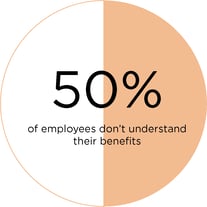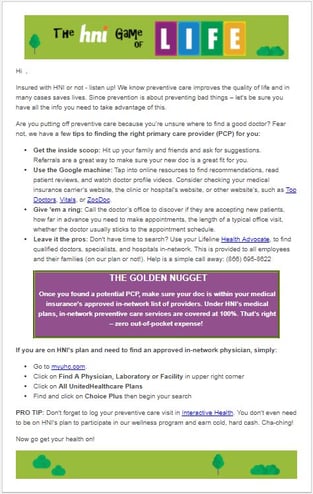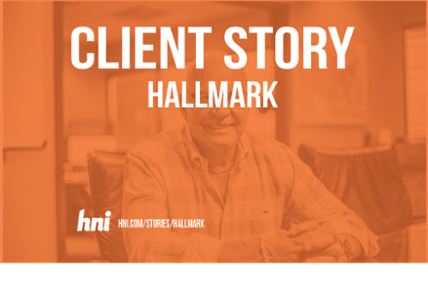
Only 50% of employees understand their employee benefits1. And with the price of healthcare services varying by up to 1,000%2 depending on when and where you receive your care, poor communication is costing employers big bucks.
Passive enrollment is not a perk
71% of U.S. employers opted for passive enrollment3 - letting employees automatically roll over their previous elections.
Although this saves both HR teams and employees time, this passive process leads to misinformed employees who make bad purchasing decisions.
Even during an active open enrollment, most employees spend just 30 minutes looking through their benefits4. These decisions are more often than not just an educated guess.
How to break-free
There are 2 buckets of employee benefits communications: those that happen around open enrollment and those that are ongoing. Here are some best practices for each.
Open enrollment communications
Using a benefits guide that pulls out key information that your employees can reference even after open enrollment will increase employee engagement. And printing it in a fancier format should reduce the likelyhood it gets lost or thrown away.
Here's our printed benefits reference guide:
Ongoing communication
Benefits communication is not a once a year conversation. A "slow drip" of helpful tips and education for employees throughout the year can help employees make better wellness or healthcare choices at a time when they are seeking medical services.

At HNI, we send out monthly benefit communication emails that discuss various employees benefits topics. We use language that cuts through the noise and industry lingo - focusing on actionable things employees can do to make in difference in their health (like how to find the right primary care doctor or how to leverage preventive care to save money).
Some possible email topics include:
- In-network vs. out-of-network- How to find an in-network doctor
- The importance of preventive care
- How dental care leads to long-term health
Key Takeaway
Benefits education is a long-term strategy that yields high returns. Failing to address the confusion that surrounds healthcare and employee benefits can lead to significant financial costs.
See how one company conquered their benefits communication:
.png?width=69&height=53&name=Acrisure%20Logo%20(White%20Horizontal).png)


